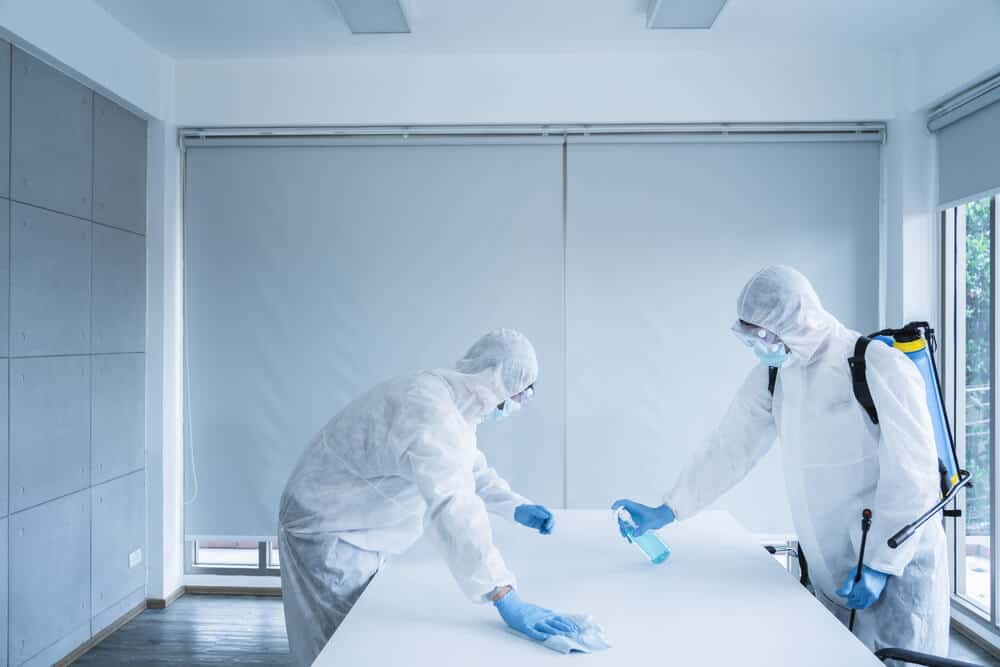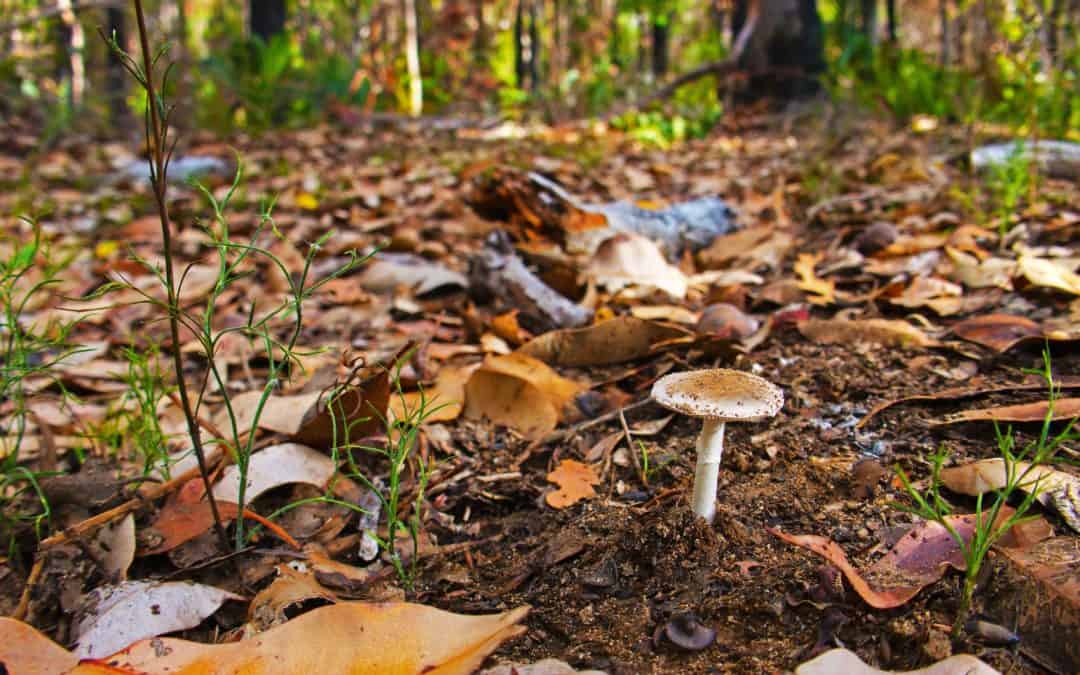Shakespeare once famously described death as ‘the undiscovered country,’ adding that it was a country no one returned from.
That’s true, but it would be untrue to suggest there’s nothing the living can learn about the dead. All bodies tell stories, and the job of scientists and pathologists is to decode and tell those stories as best they can.
One way they do that is by analyzing external factors that affect decomposition. But what factors impact the rate of human body decomposition?
What Factors Impact the Rate of Human Body Decomposition?
Several factors impact the rate of human body decomposition. These are crucial for people interpreting the manner, cause, and mechanism of death. Here are the most common environmental factors that affect decomposition.
Climate
Climate significantly affects the rate of human body decomposition. Anyone glancingly familiar with murder mysteries can probably tell you that temperature speeds up or slows down the rate of decomposition. What they are less likely to know is that there are five stages of decomposition:
- Fresh decay
- Bloat
- Active decay
- Advanced decay
- Skeletonization
Typically, it takes years to reach skeletonization. But in the right conditions, the process speeds up. Warmer weather attracts bacteria and insects. Both reproduce rapidly in warm, humid weather, meaning each speeds up putrefaction.
Conversely, colder weather conditions delay rigor mortis and preserve the human body in a state of fresh decay for longer. So, warm weather speeds up the rate of human body decomposition, while a cold climate delays it. That is not strictly true. Studies found that hot, arid weather can also preserve corpses. That’s because the climate conditions effectively mummify the corpse.
Interestingly, some weather affects bodies differently depending on their stage of decay. Rain increases the decomposition rate when a human body is in the active stages of decay, like bloat or anaerobic decomposition. However, once skeletonizing begins to happen, rain slows the process down.
Exposed Versus Sheltered Bodies
How a human body is sheltered or exposed on the death site significantly impacts the rate of decomposition. The weather dramatically impacts the decomposition rate. But temperature isn’t the only variable that changes depending on whether the death site is sheltered or exposed.
Bacteria
Many bacteria thrive in warm, sheltered climates. As the bacteria multiply, they often emit putrefying odors that help alert people to death. Odors are less common with exposed bodies because the bacteria are less contained, and the resultant odor dissipates across a wider space. Consequently, even though exposed bodies sound more vulnerable, it can take longer to find them because the putrefaction process is slower.
Animals
Predation also impacts the rate of human body decomposition. This happens when scavenger animals like vultures and maggots prey on a corpse. It’s not always possible to tell if animal feeding occurs post- or perimortem. When that happens, it’s often based on the state of decay the human body previously underwent.
However, animals leave other clues that help you assess decay. For instance, maggots only become flies after living in a body for a while. Once the climate has also been considered, researchers and scientists can hypothesize when the death occurred. It’s also important to remember that you’re less likely to find scavenger animals at a sheltered location, especially if the site is an indoor one.
Burial Type
The burial process is another factor that impacts the rate of human body decomposition because the act of burying shelters the body from unwanted exposure to insects and excess oxygen. Oxygen triggers anaerobic decomposition. However, even without available oxygen, decay still occurs markedly slower.
Bogs are famously preservative because their pH levels are highly acidic. Consequently, they mummify the body and preserve it for longer. Bogs aren’t the only environment to slow decomposition, either. In contrast, rain speeds up active decay, and bodies submerged in water decay more slowly. However, that presumes there are no other environmental factors to interfere with, like water-based bacteria or fish.
Cause of Death
When assessing bodies for their decomposition rate, one of the vital parts of the scientific triangle is the cause. How a human body dies alters the decomposition process since factors like trauma sites, skin breaks, and even illness affect the stages of decay.
The Break Down of Human Body Decomposition

Factors ranging from climate to burial sites impact the rate of human body decomposition. Finding and cleaning those scenes is never easy and isn’t something families need to worry about. Our team is discrete and compassionate and will look after the death site while you look after your loved ones.
Contact us today to speak with one of our team members, so we can take care of the site so you and your family can focus on healing.



